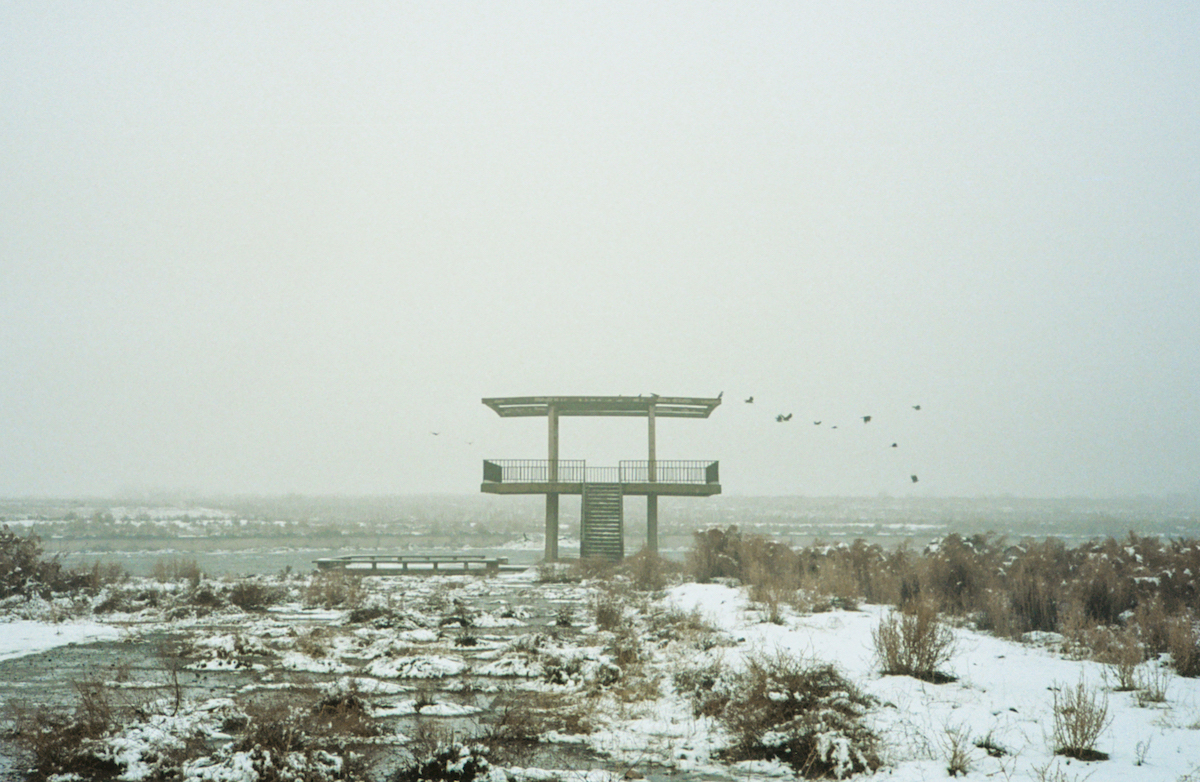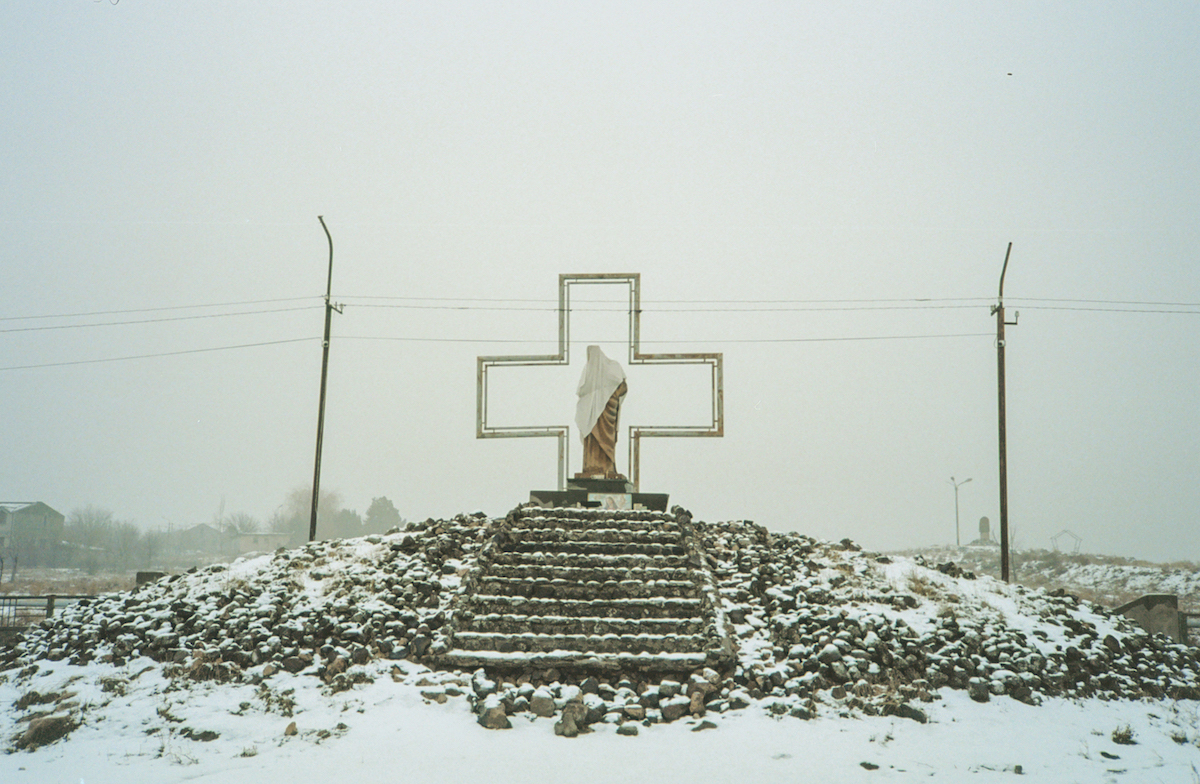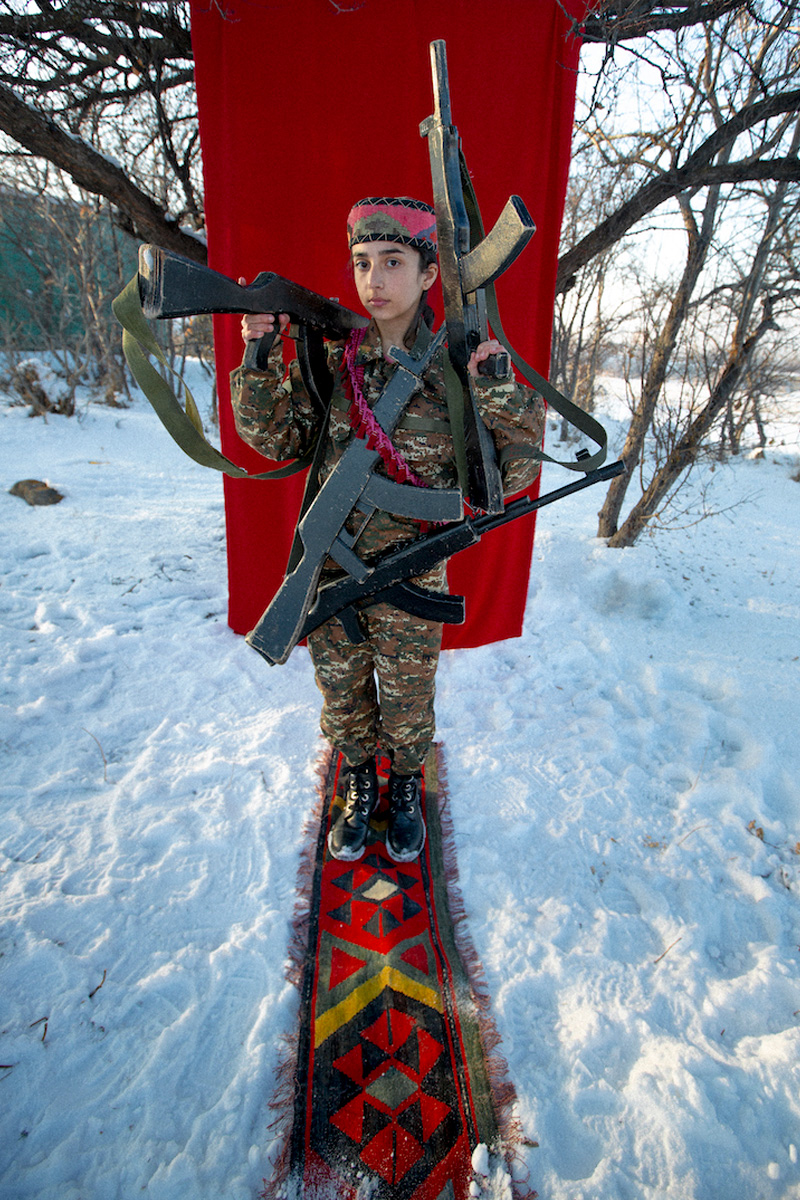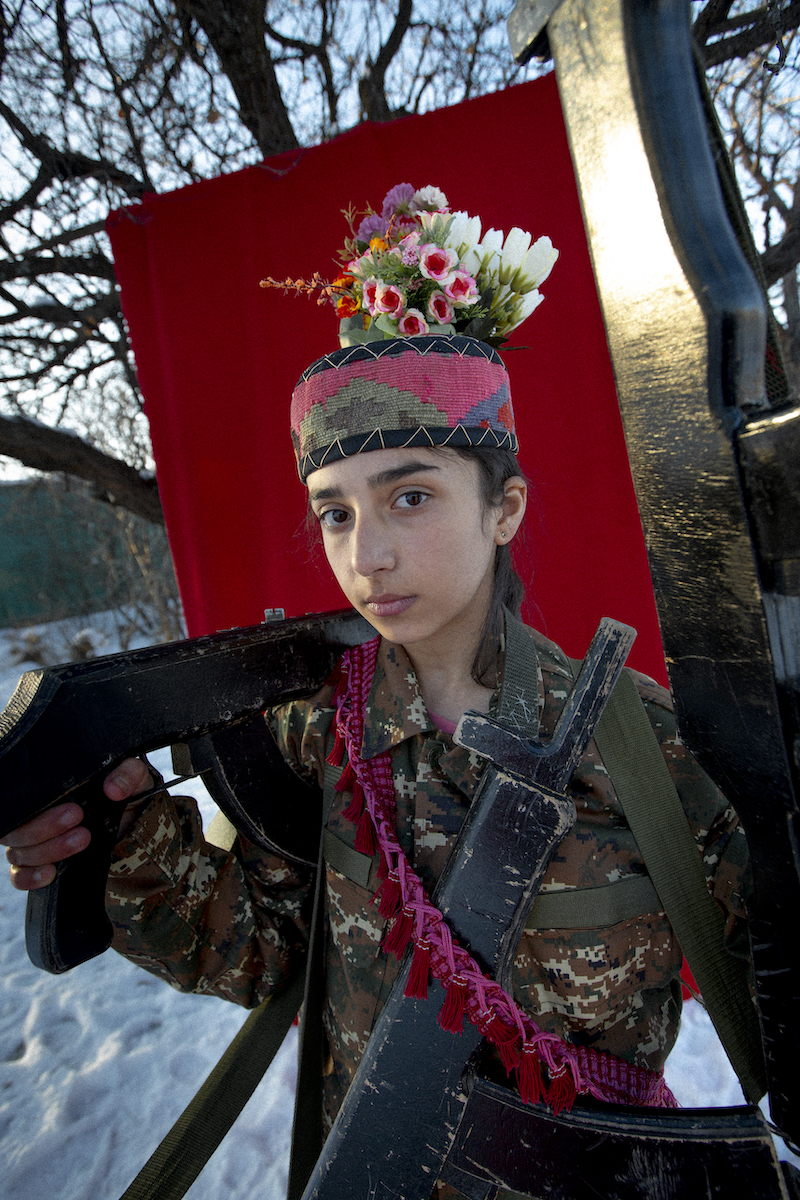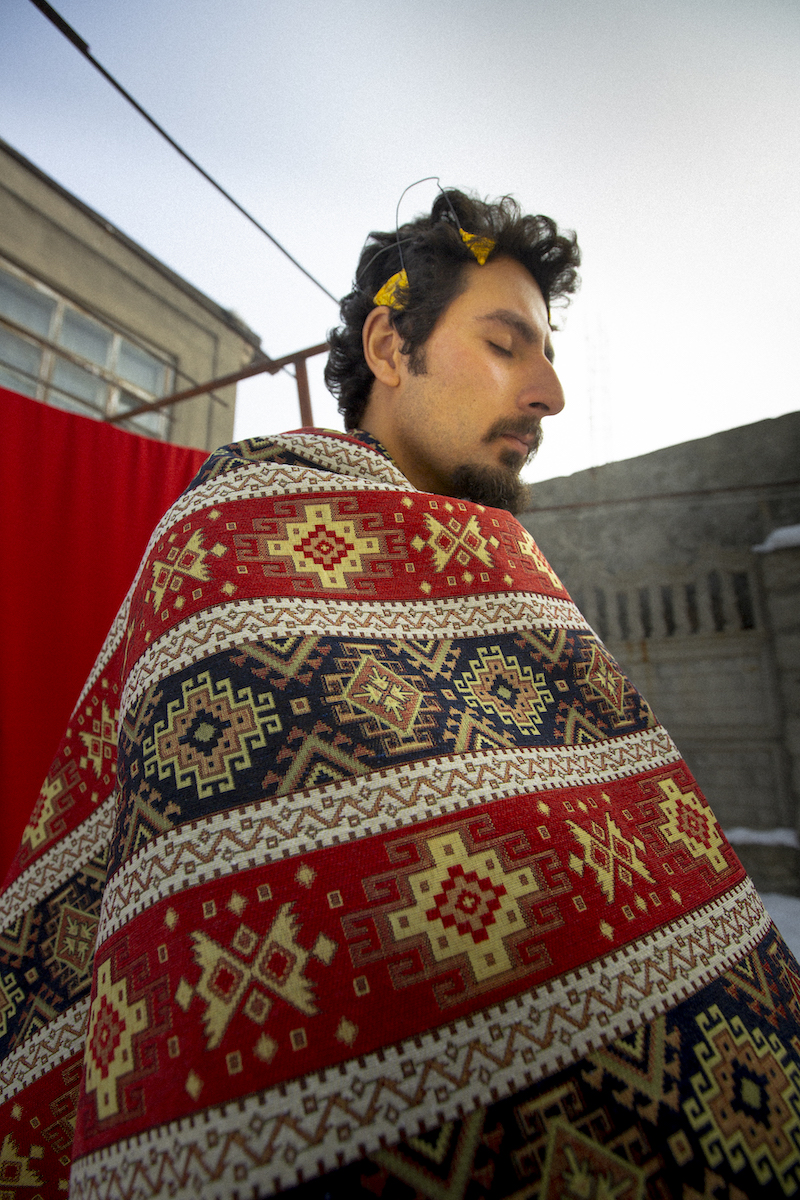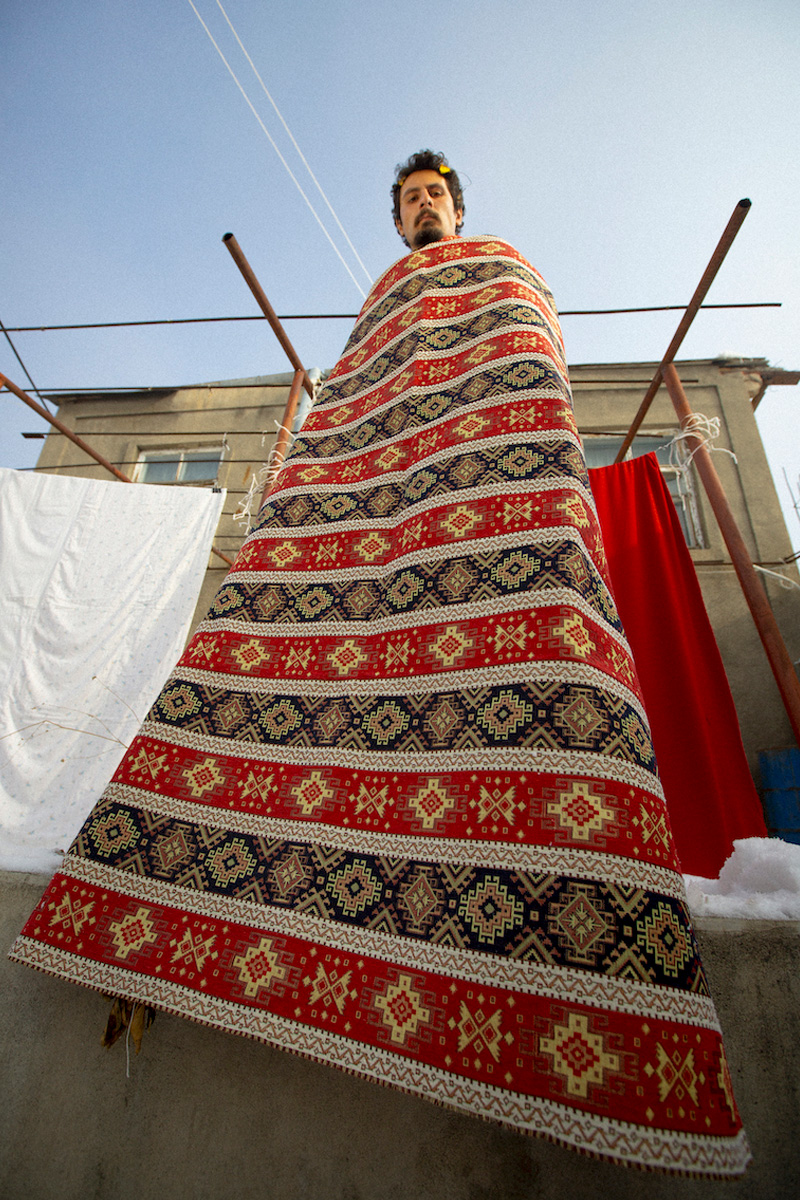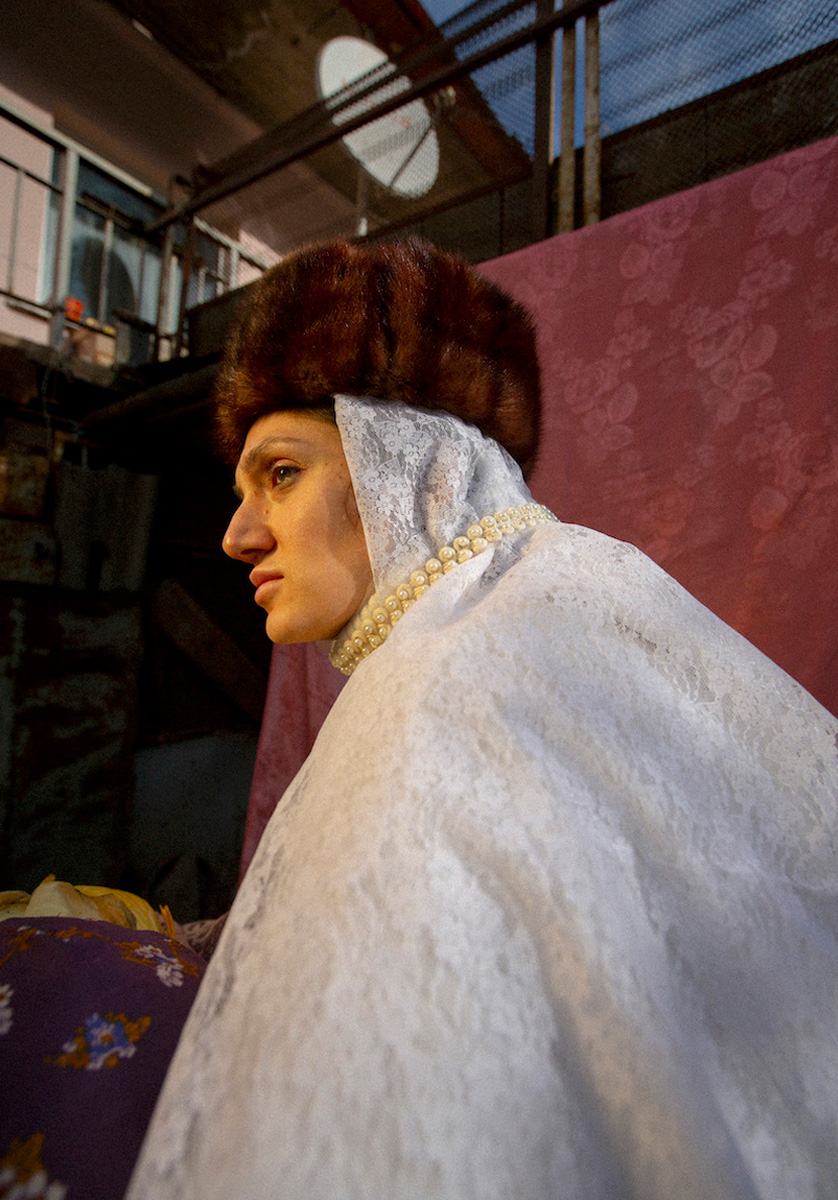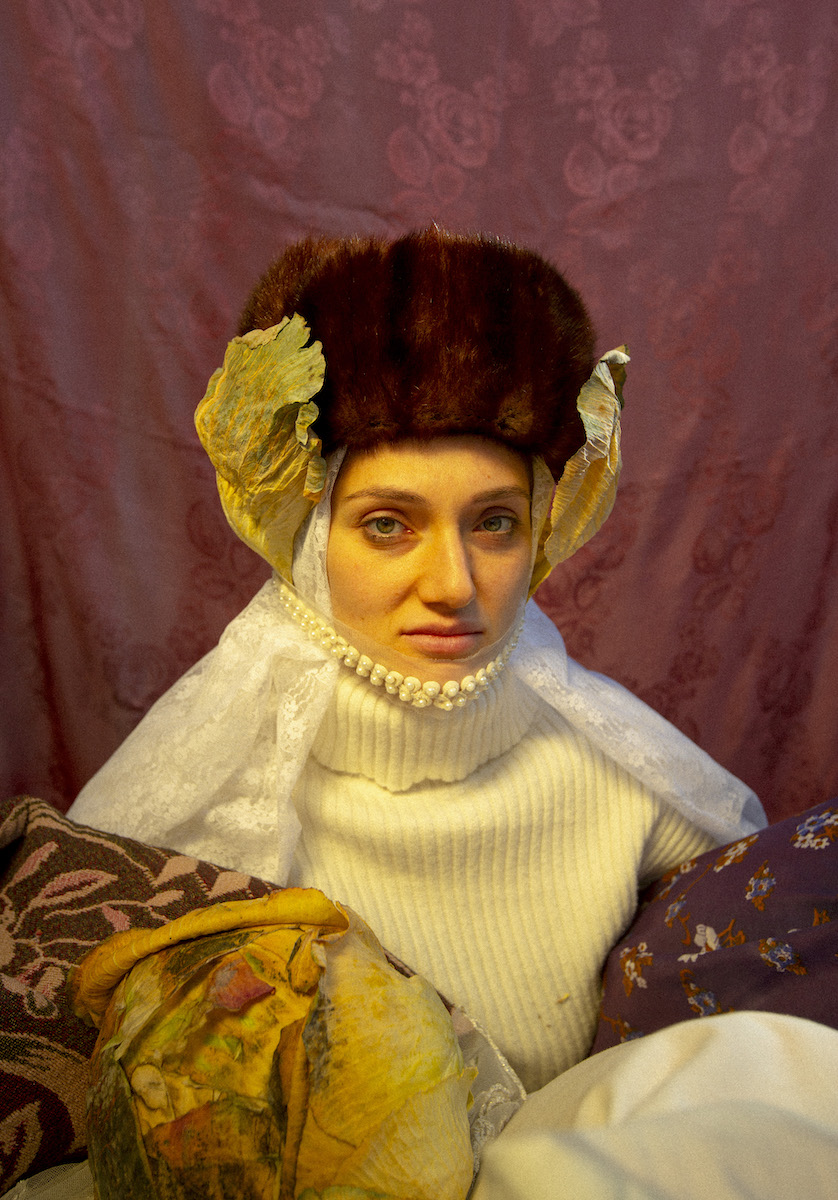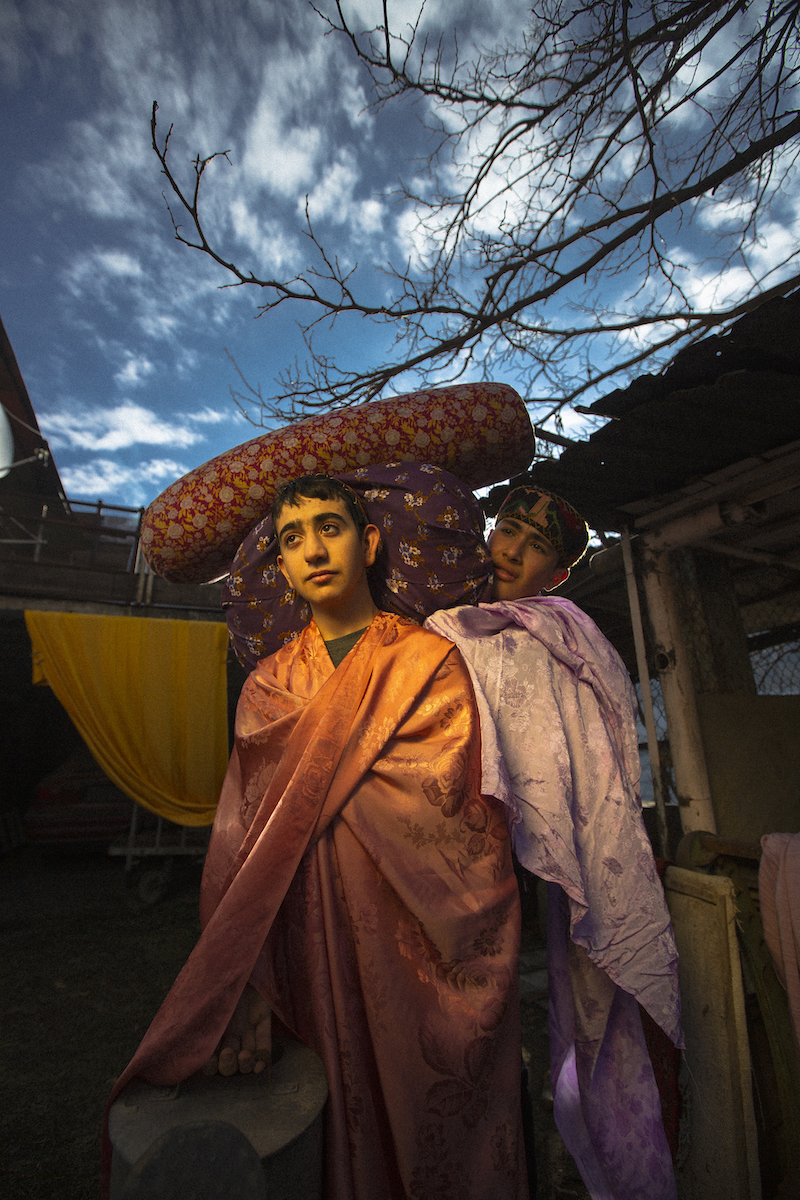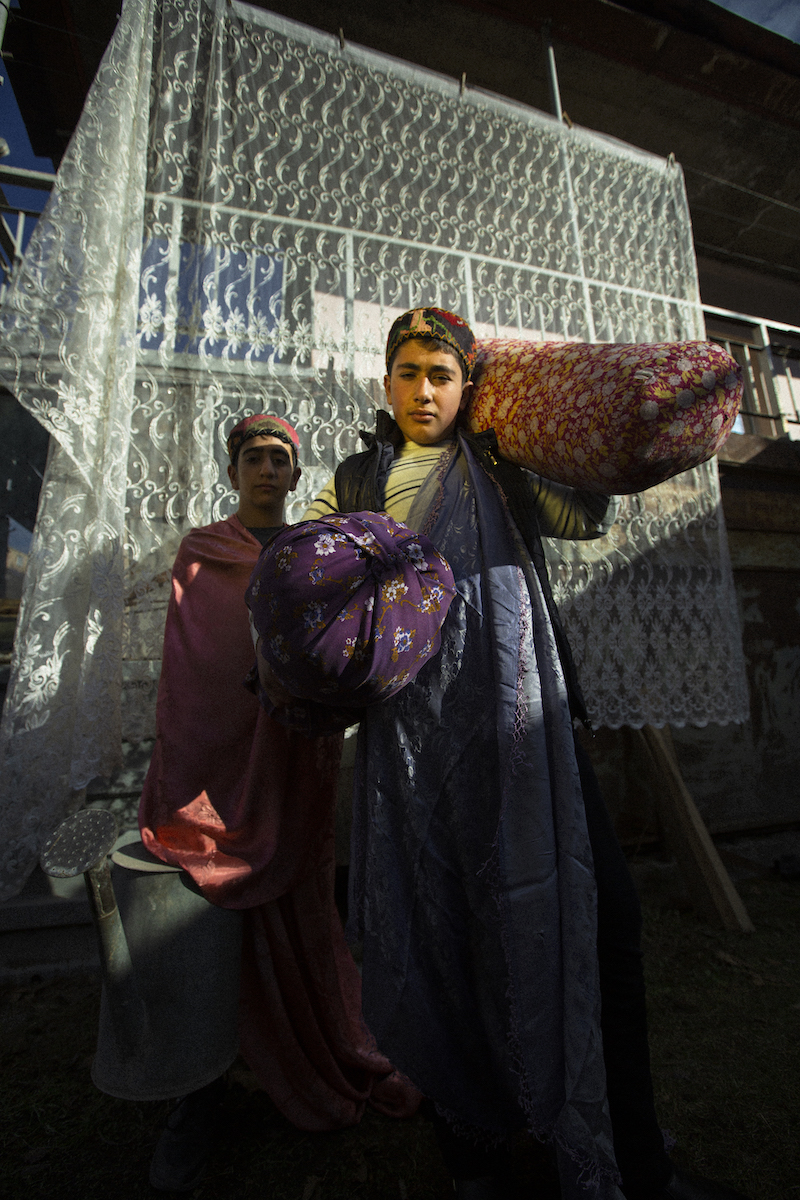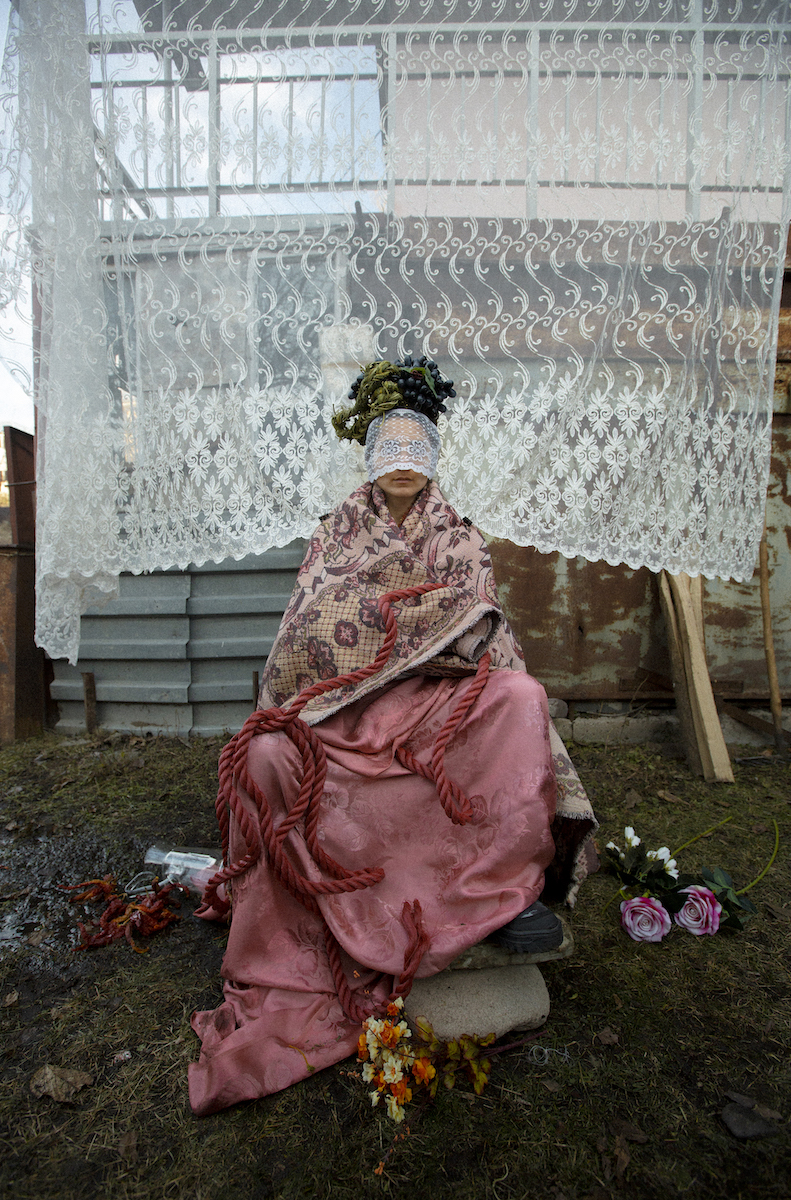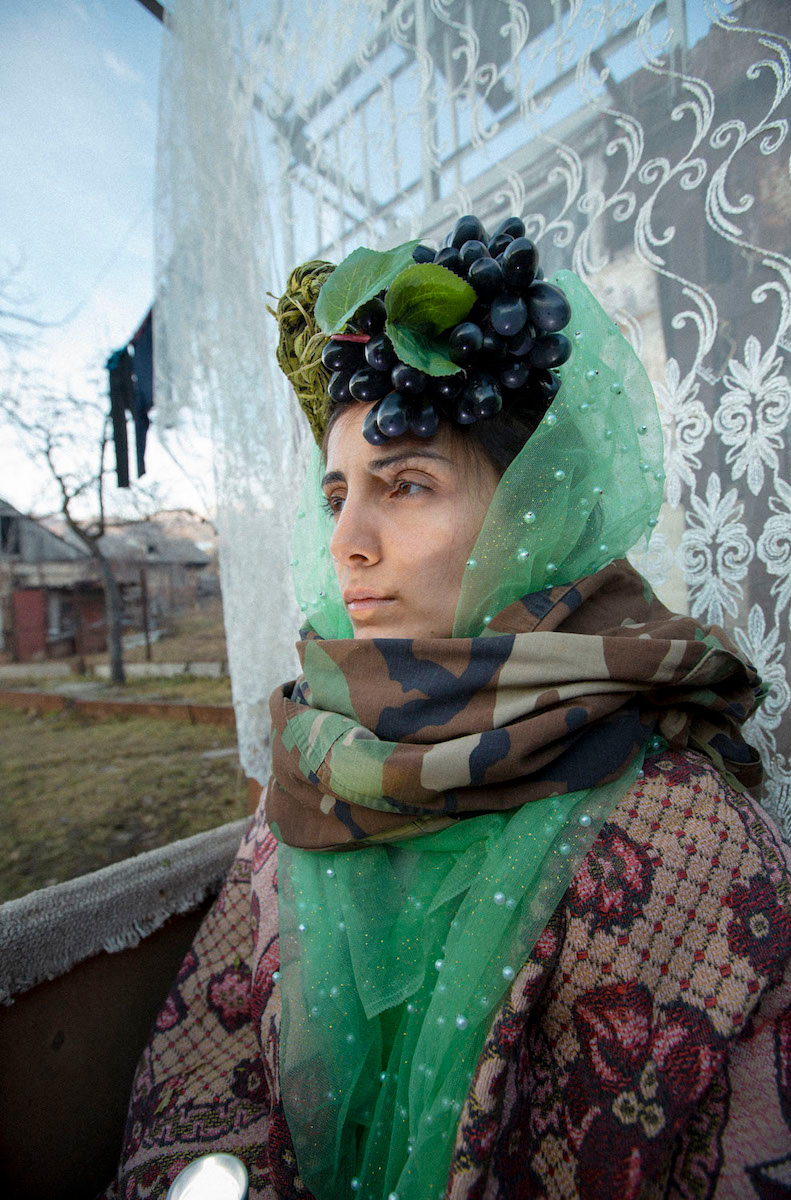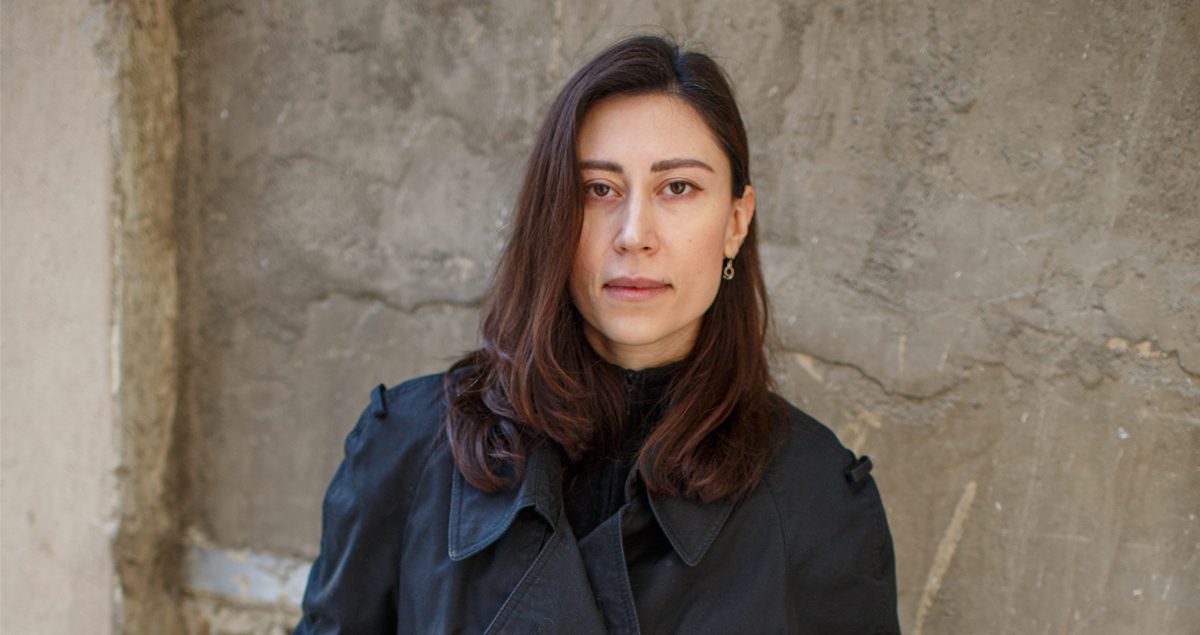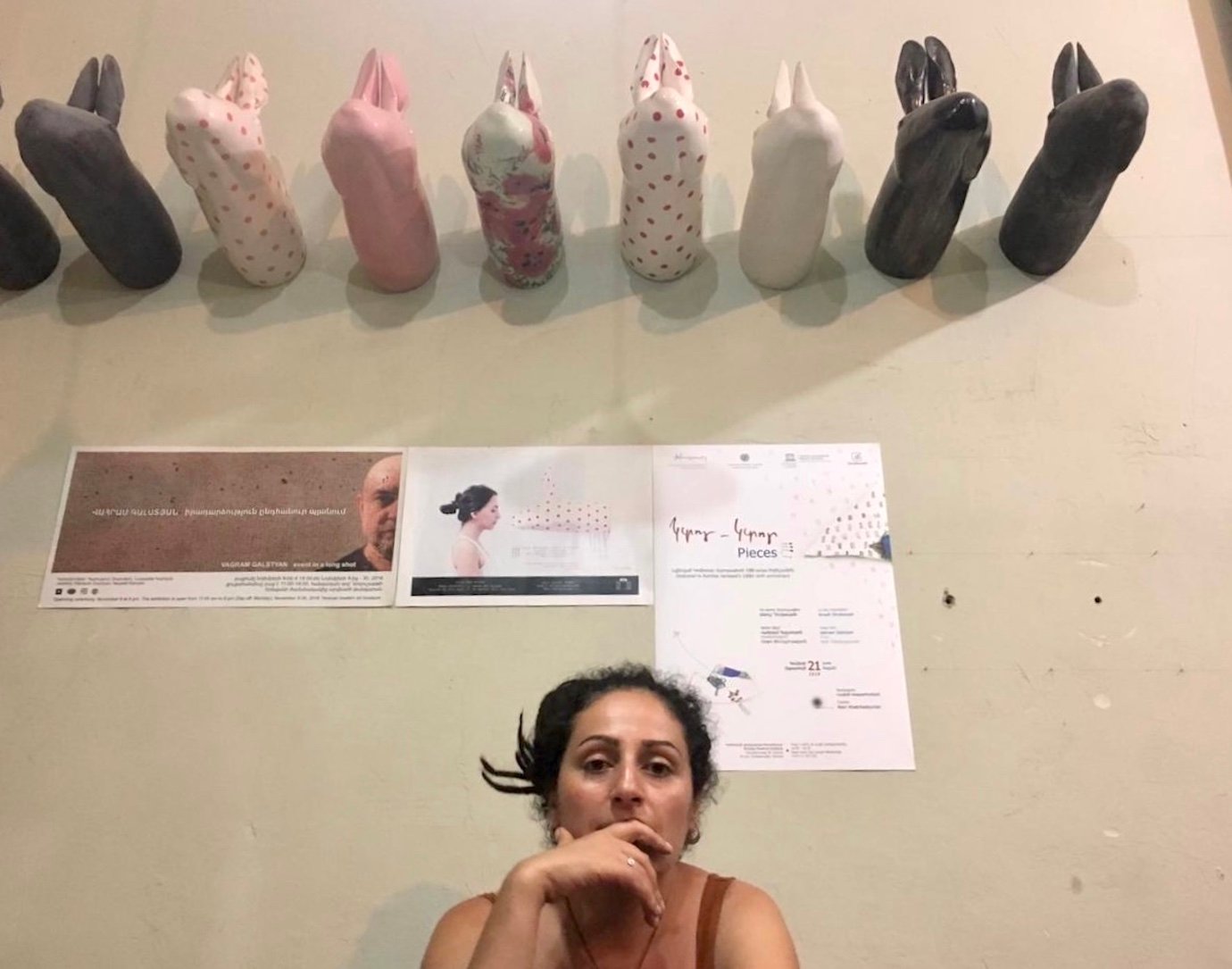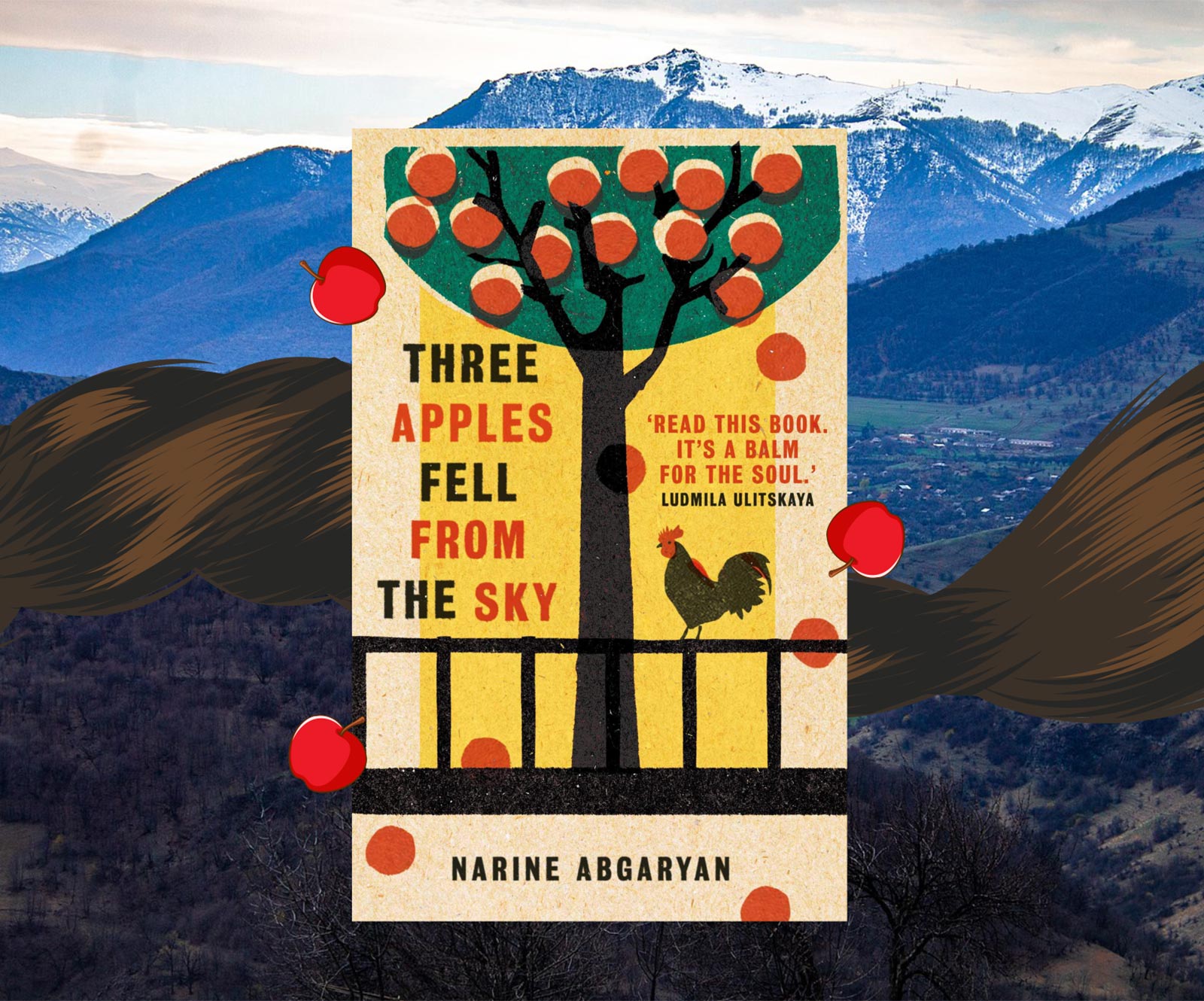The words that make us: how do our names shape who we are?
Paris-based writer Suzanna Spertsyan went back to Armenia to capture the relation people have with their names for a project made in collaboration with photographer Sasha Kulak.
As a young daughter in an Armenian family, I didn’t just make my bed every morning, I had to make it well. I could sometimes get a pass on a weekday if I had to be in school early, but on the weekends, my mother came to check if the bed was made properly. The bedcover was supposed to align perfectly with the floor, tucked into the corners so as not to leave any folds. If I made my bed carelessly, I could be forced to cancel any weekend plans and assigned to clean the whole house instead. Bed-making was perhaps my earliest lesson in my life-long training on how to be a good wife.
It was also important to make good coffee. My father worked a lot, but sometimes stopped at home to have a meal. These occasions could be the only time we’d get to see him over the week. We would all gather in the kitchen to greet him and sit in silence as he ate. Then came the coffee. For many years, my mother was the only person entrusted with the task. With time, my older sister and I were also assigned the same duty. If my father didn’t like the coffee we had served him, it would have to be remade by our mother. Disapproval was mostly silent but sometimes followed by a brief discussion on our age and appearance, ultimately ending with a verdict on whether or not we were ready for marriage. Armenians drink what most of Europe calls “Turkish coffee”: dark black coffee prepared using finely ground coffee beans and no filtering. It requires some skill to make, but most people pick up the basics after a single attempt. At the age of 16, I still feared this task. It seemed to require a gifted mind and a skilful hand just to get it right.
I never dreamt of becoming a bride like most of the other Armenian girls I knew. They didn’t like the rules, but followed them to raise their own worth as future brides. Instead, I ran away from my parents’ home and moved to a different country. In doing so, I broke the strictest of requirements: to live with my family until I got married. Living far from my home made me lose respectability as a future bride in the community.
It’s been 10 years since I ran away, and today my parents jokingly explain the whole ordeal with the popular Russian expression: “As you name the boat, so shall it float.’’ It hints that people’s destiny can be predetermined by what they are called. Before I was born, my father would obsessively listen to the Italian singer Adriano Celentano’s song “Suzanna”. Eventually, he gave the same name to me. Out of our family of five, I am the only one who has a foreign name and the only one who has moved away from home.
I am not superstitious, but I’ve always thought the expression — the very idea of nominative determinism — poetic. So did my dear friend Sasha Kulak, a Russian visual artist and photographer. Together, we hatched a plan to visit Armenia and to create a series of photographs on local names and the people who bear them. We wanted to interact with other people’s ordinary lives, while still allowing ourselves space to tell our own imaginative tales.
When Sasha suggested creating a series of Armenian portraits, I proposed my own relatives and neighbours as models. We used everyday objects to decorate and style each shot. Each name served as an ice-breaker, and as a departure point for our creative process. The resulting photographs are not accurate representations of the names’ existing meanings but the journey we embarked on to create new definitions.
Lilit is a common name for women in Armenia. The name is associated with women of irregular beauty and good housewives. The popularity of the name can be traced back to the 20th century Armenian-Soviet writer and poet Avetik Isahakyan. In the early 1920s, he published a short story inspired by a Jewish legend about Adam’s first wife, Lilith. In his story, God decides to save Adam from the melancholy of solitude in Heaven and creates Lilit out of flames to keep Adam company. Isahakyan’s Lilit comes to life as an intensely seductive and sensual being who is solely preoccupied with her own beauty. She ends up running away with Satan, breaking Adam’s heart and provoking God’s anger.
The Lilit in this story was indeed a rare beauty, but showed no signs of being a good housewife. Isahakyan repeatedly mentions Adam making her bed and meals. The connotation of a dutiful housewife instead seems to be modern wishful thinking.
We got to meet our own Lilit on a field trip with VOMA, a special training centre for Armenians who wish to acquire military skills free of charge. The centre’s existence, in the words of Polish author Ryszard Kapuściński, is due to Armenia’s “disastrous geographic location” that “gives all the pashas and emperors sleepless nights”. Most recently, Armenian troops clashed with Azerbaijan over an ongoing dispute over the Nagorno-Karabakh area.
Lilit is 14 years old. She already knows more about military strategy than any of her male cousins. She was dressed in an army uniform and knew how to hold a gun correctly. When asked to share the story about her name, she said that it means being a “good girl”, and a good housewife. I asked her if it suited her personality. We all shared a good laugh.
On the same trip, we also encountered Gor. When I first searched for the meaning of Gor’s name, I found a baby name website that said that the original Gor was an Armenian prince who had lived around 200-250 BCE, and died in a battle at the age of 27. I didn’t look for a more reliable source to confirm the story, but my thoughts immediately turned to how the same story could have come true for Gor. Gor was also 27, and a volunteer soldier who had fought in last year’s Nagorno-Karabakh conflict. He, too, could have shared the fate of his namesake. Gor ultimately survived the fighting, but many others did not. More than 5,000 Armenian and Azerbaijani soldiers, and 146 civilians died over the 44 days of conflict.
Gor saw his time on the front line as a duty, rather than a passion. Away from the army, Gor leads a peaceful life; he studies and performs Armenian folk music. His name means formidable, high-minded, elevated.
When asked about a personal story behind his name, Gor said that most people now called him Komitas. The nickname appeared after his army comrades first heard him sing, and Gor gladly accepted: Komitas was an Armenian priest, composer, and choirmaster acknowledged today as something between a musical genius and a spiritual father of the nation.
Komitas’ story is one of an innocent man whose life was interrupted by the horrors of the Armenian genocide in 1915. He witnessed many of his contemporaries ruthlessly murdered in Ottoman Anatolia. Although he survived, he gradually lost his sanity and spent 20 years in a psychiatric hospital in Paris before passing away in 1935. Komitas’ name signifies martyrdom and devotion to the aching motherland, and many Armenians relate to his story today.
Meaning “everlasting flower” or “unfading”, the name Antaram used to be given to baby girls in the early 20th century. Antaram is a flower that never wilts — another fantasy of transcendent female beauty. The name slowly went out of fashion and is hard to find among younger generations today. One of my cousins was named after this eternal flower, and agreed to be photographed for our series. The story behind her name is a sad one: her father’s little sister, also called Antaram, tragically died at the age of seven. Antaram is named in her honour, in line with the Armenian tradition which sees babies given the names of their deceased relatives. Today, the practice is largely obsolete, but continues in rural areas. My cousin was born in the late 80s, and must have been one of the last children named Antaram during that time. She’s now in her 30s and, despite being considered exceptionally beautiful, is still not married (most women in Armenia will get married between the ages of 20 and 24). Antaram runs a beauty clinic, and spends the rest of her time travelling and partying. She makes me think of the javerzaharses, spirits from Armenian mythology similar to Greek nymphs. Javerzahars translates from Armenian as “perpetual bride”, emphasising the continuation of their premarital, carefree state of mind. Representing the essence of femininity, they spent their lives having a good time, singing, and dancing. They joined others’ wedding celebrations, but wouldn’t get married themselves.
In the village of Teghut, a 20-minute car ride away from Dilijan, we met a herdsman’s son named Marat. Marat is 16, and the kind of village boy that makes you fall in love with the countryside. Youthful, strong, and focused, he performs the kind of physical labour each day that many of my adult male friends would not be capable of in a lifetime. Marat tends the family’s 15 cows, 12 chickens, and seven rabbits all by himself.
Every other week, Marat and his father drive a decades-old pickup to the hard-to-reach highland forests. I was fortunate to join them on such a trip. Marat sat in the trunk to support his donkey, whom he would later load with wood he had cut in the forest. Once the wood was stacked in the pickup truck, Marat covered it with a heavy blanket, and his father drove us back home. Such logging is illegal in Armenia, but many rural homes rely on it to stay warm in the winter. Marat and his family live in his grandparents’ house, which is more than a century old. The building doesn’t have any heating other than an old Soviet wood burning stove.
Marat’s name means “strongly wished for”, “intention”, “goal”. Armenian families always hope for boys. In rural areas, parents will often keep having children until they have at least one son. I asked Marat what he himself wished for. He answered: “a big farm and to spend my life in the highlands.” He also said that he wouldn’t mind having a bit less work to do too.
When I was still in my mother’s womb, she wanted to call me Serine. The name is derived from the word ser, or love in Armenian. But as a woman, her own wishes were of secondary importance in choosing her daughter’s name. My birth certificate was issued under the name Suzanna instead.
It was not only my name that caused me to move away from my parents. But it did make me return to my motherland. I had always wondered if I’d have had the same life if I’d been called Serine. Discussing the subject with Sasha gave birth to this project.
Over the years, I have begun defining my own Armenian-ness in ways that have nothing to do with how I brew coffee or how I made my bed. I have moved from country to country, but have only felt more Armenian with time. I still have a long way to go to engage with such a complex heritage. It will probably be a lifelong journey. But recently, I decided to sit my first Armenian lesson.
A name is just a word with a generic definition, but human imagination can transform it into a world of personal meaning. And if humans are indeed like boats, they must float across the limitations of their own minds.
